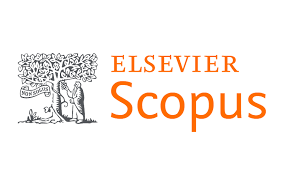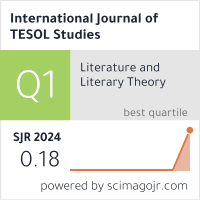2632-6779 (Print)
2633-6898 (Online)


Scopus
Ulrich’s Periodicals Directory (ProQuest)
MLA International Bibliography
MLA Directory of Periodicals
Directory of Open Access Journals (DOAJ)
QOAM (Quality Open Access Market)
British National Bibliography
WAC Clearinghouse Journal Listings
EBSCO Education
ICI Journals Master List
ERIH PLUS
CNKI Scholar
Gale-Cengage
WorldCat
Crossref
Baidu Scholar
British Library
J-Gate
ROAD
BASE
Publons
Google Scholar
Semantic Scholar
ORE Directory
TIRF
China National Center for Philosophy and Social Sciences Documentation
Ester de Jong
University of Florida, USA
Abstract
The field of TESOL has seen paradigmatic shifts related to how language and language proficiency are conceptualized as well as how we approach teaching English as an additional language (EAL). Embedding the teaching of English within the world of multilingualism is a third shift. Given the importance of multilingualism for the 21st century and a globalized and technology-enhanced world, viewing EAL teaching as integral to becoming bi/multilingual is imperative. Rather than seeing EAL as separate from students’ home language practices, this article argues that, even in foreign language contexts, teachers can accelerate English language learning by extending and building on students’ entire linguistic repertoire.
Keywords
Multilingualism, TESOL, English as a second/foreign/additional language